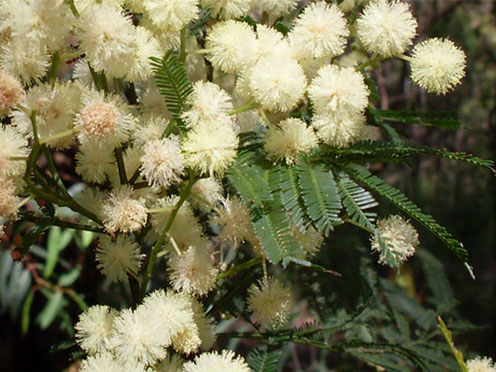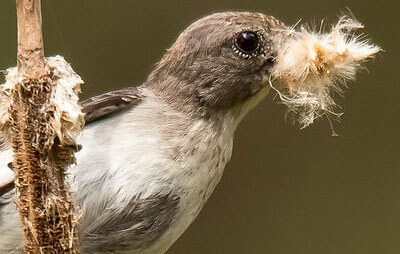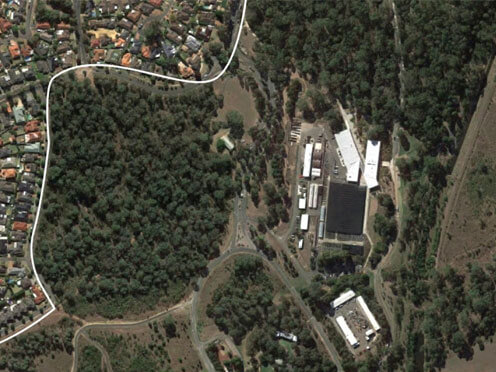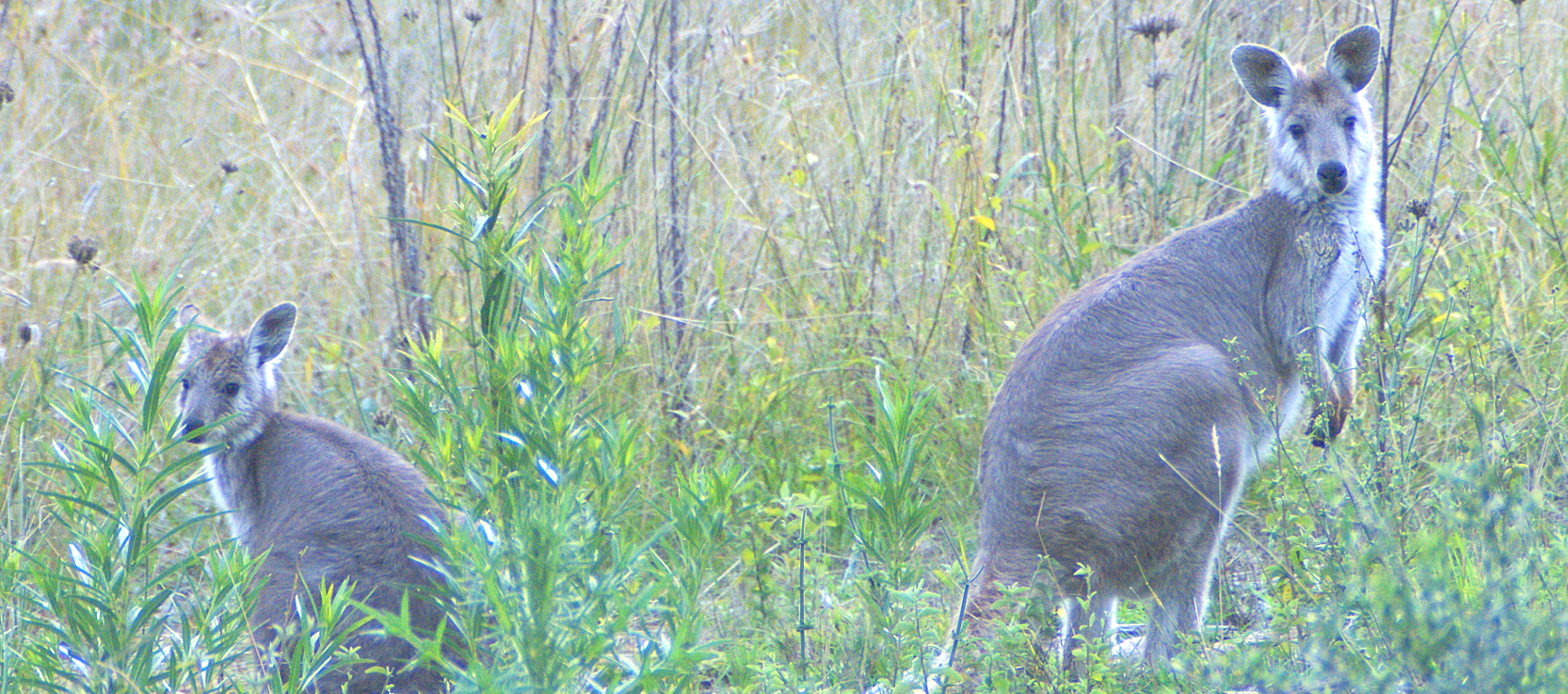Stage 2 Science and Technology
Living World outcomes
- ST2-4LW-S compares features and characteristics of living and non-living things
- ST2-1WS-S questions, plans and conducts scientific investigations, collects and summarises data and communicates using scientific representations
Inquiry questions
- What is the life cycle of flowering plants?
- How are environments and living things in the Cumberland Plain Woodland interdependent?
Stage 3 Geography
Factors That Shape Places outcomes
- GE3-1 decribes the diverse features and characteristics of places and environments
- GE3-2 explains interactions and connections between people, places and environments
- GE3-3 compares and contrasts influences on the management of places and environments
- GE3-4 acquires processes and communicates geographical information using geographical tools for enquiry
Inquiry questions
- What factors shape the Cumberland Plain Woodland?
- How do people influence the management of the Cumberland Plain Woodland?
What makes the Cumberland Plain Woodland a special place?
Cumberland Plain Woodland plant community structure
Life cycle of flowering plants
Life stages of a flowering plant
Factors affecting life stages of flowering plants at the Cumberland Plain Woodland
Seed Vault at the Australian Botanic Garden, Mount Annan
Habitat sweet habitat
Habitats in the Cumberland Plain Woodland at the Australian Botanic Garden
Wildlife and species interactions in the Cumberland Plain Woodland
Human interactions with the Cumberland Plain Woodland
Cumberland Plain Woodland in the Sydney Basin Bioregion – profile (NSW Office of Environment & Heritage) - distribution of the Cumberland Plain Woodland, current threats and management plans
Cow paddock to biggest Botanic garden – Podcast episode from the Royal Botanic Gardens ‘Branch Out’ series
Management issues in the Cumberland Plain Woodland
Scientific research on the Cumberland Plain Woodland at the Australian Botanic Garden
Support resources for activities
‘How to teach nature journaling’, John Muir Laws & Emilie Lygren
Explore the vegetation layers and diversity of plants and animals of the woodland. Investigate interconnections among species and the importance of the woodland’s biodiversity. Consider sustainability measures that protect the woodland and other natural ecosystems.



